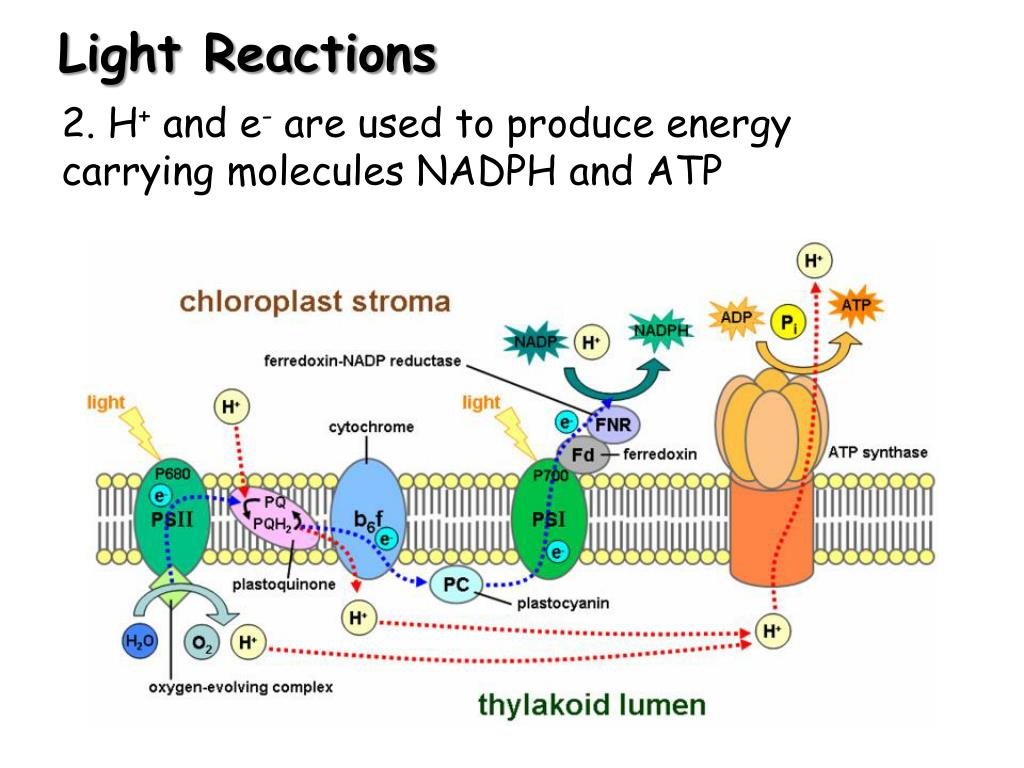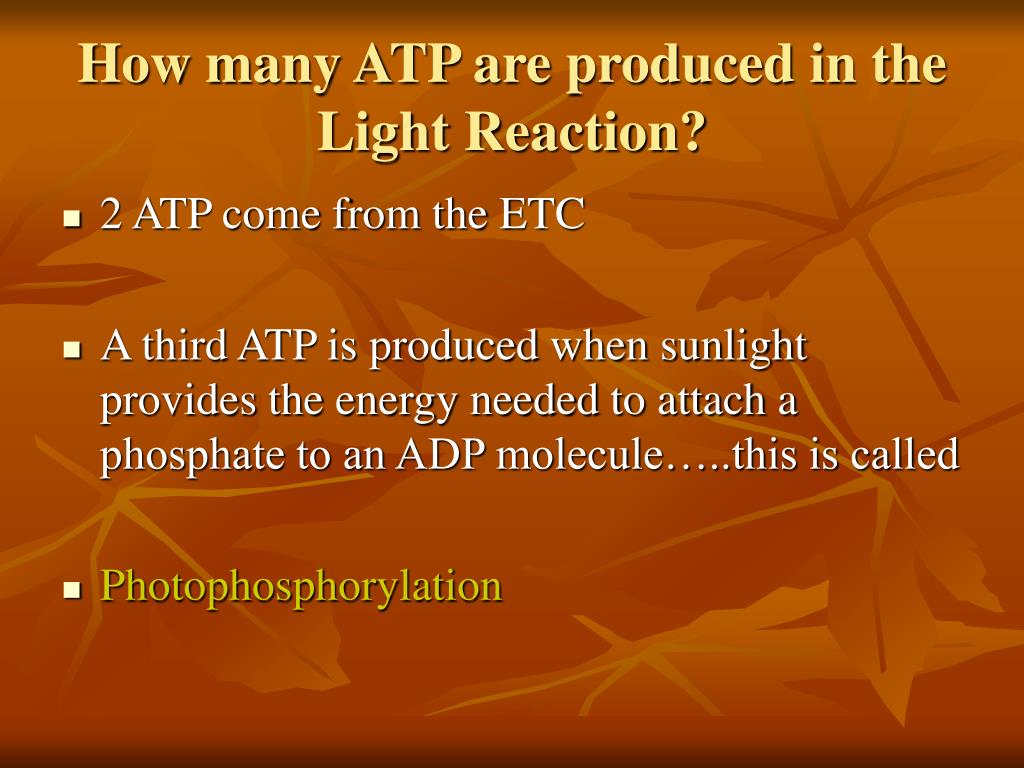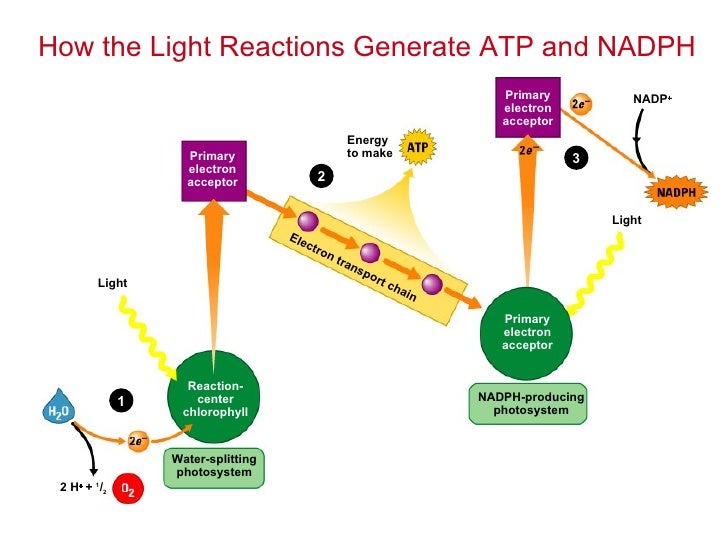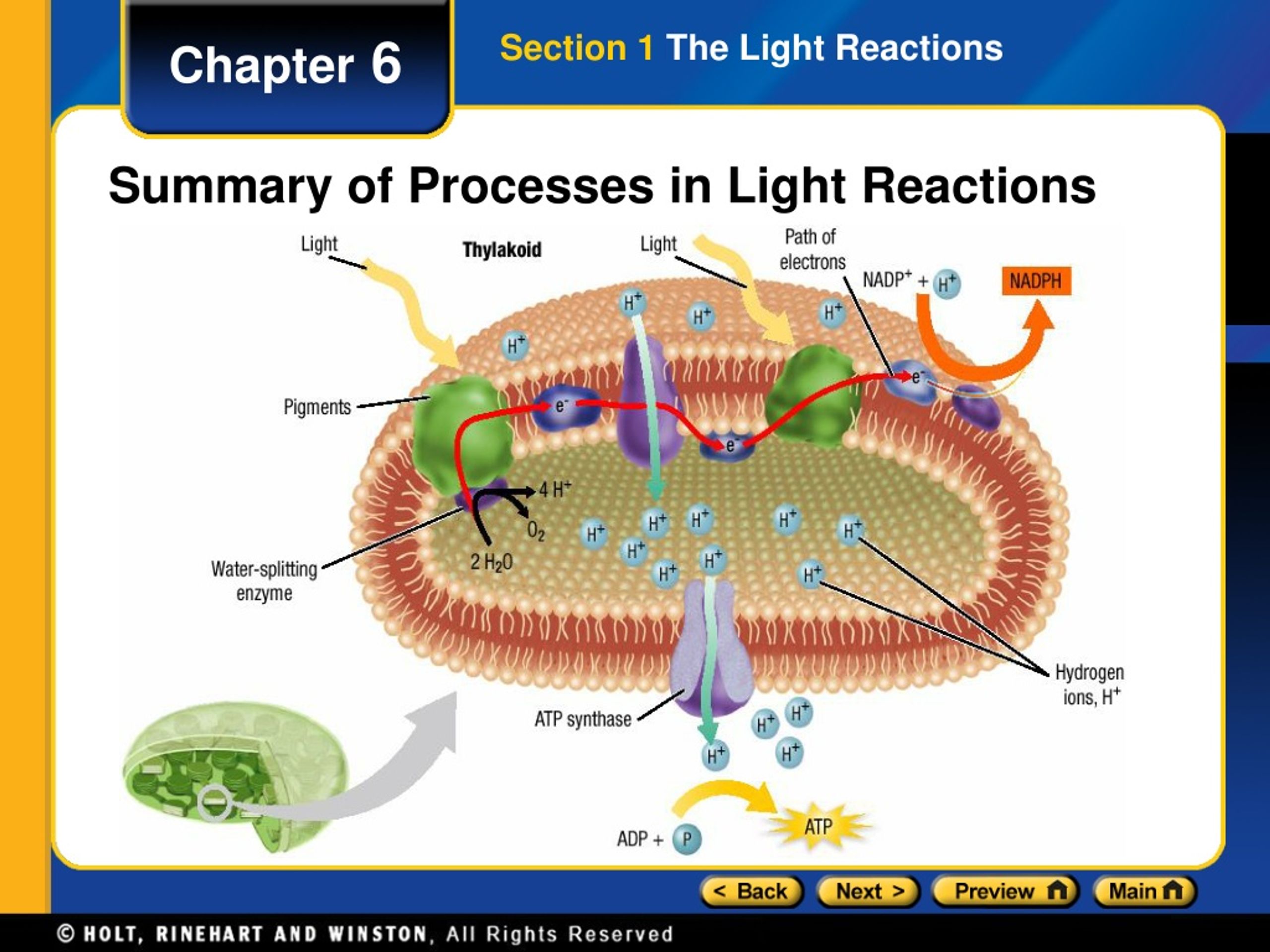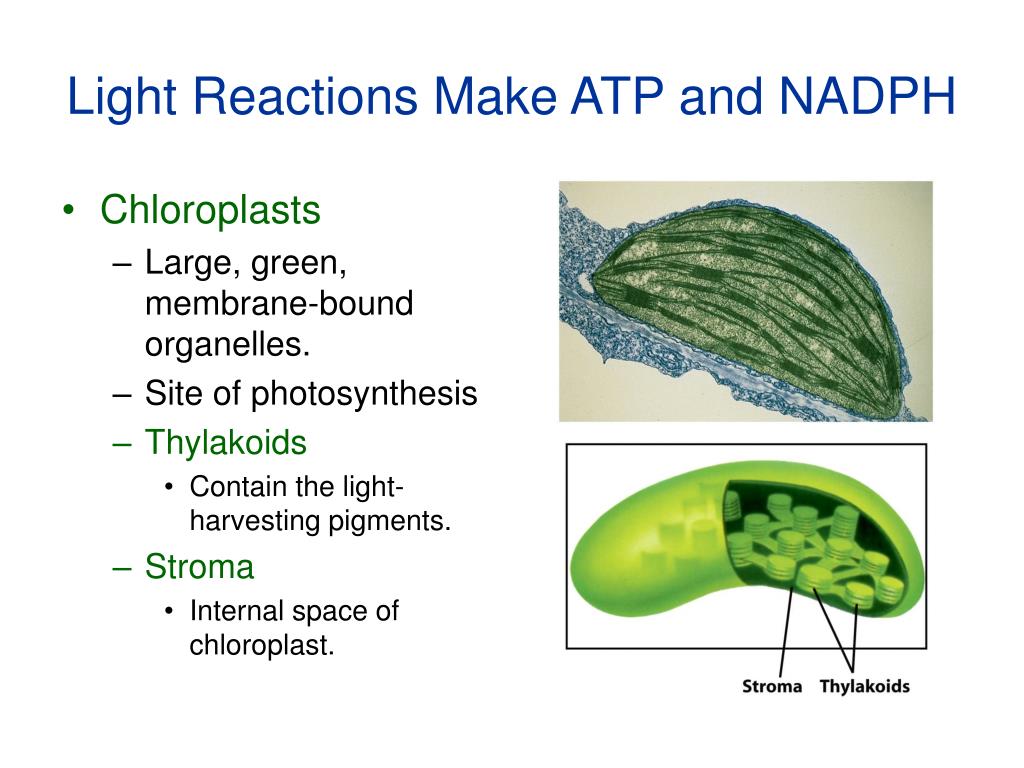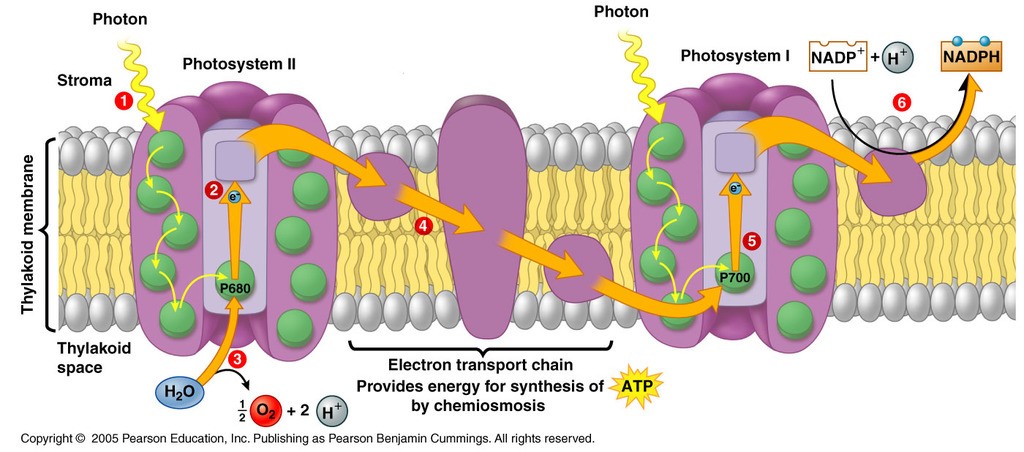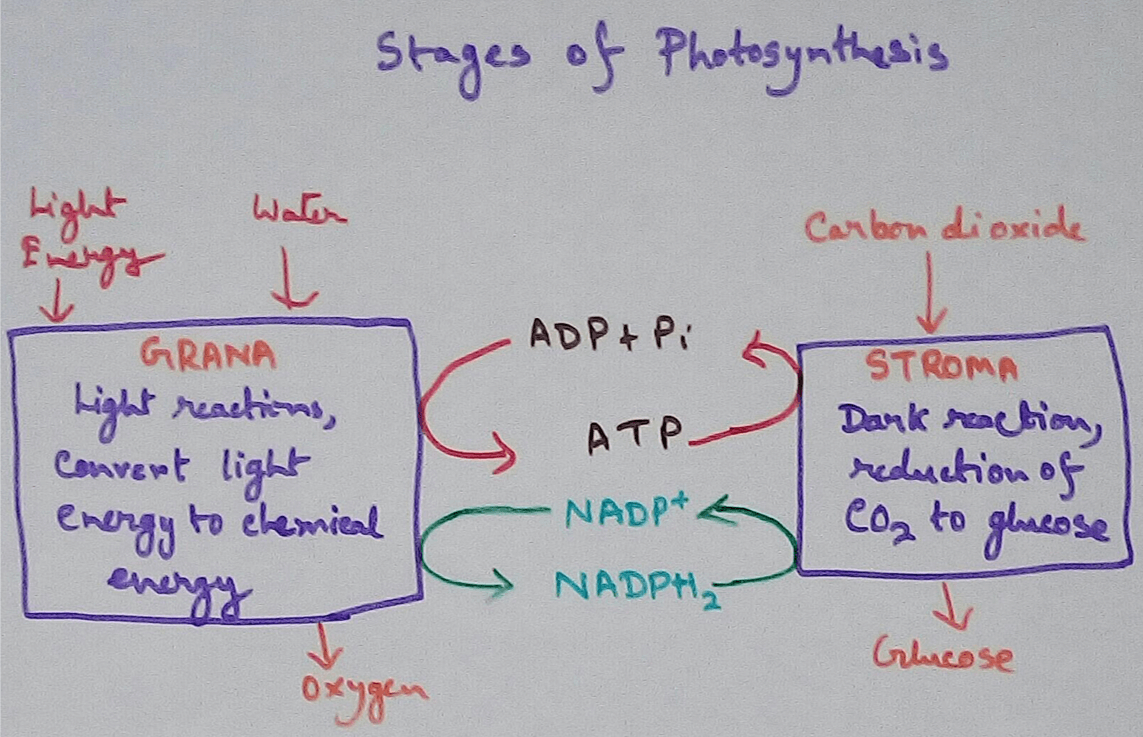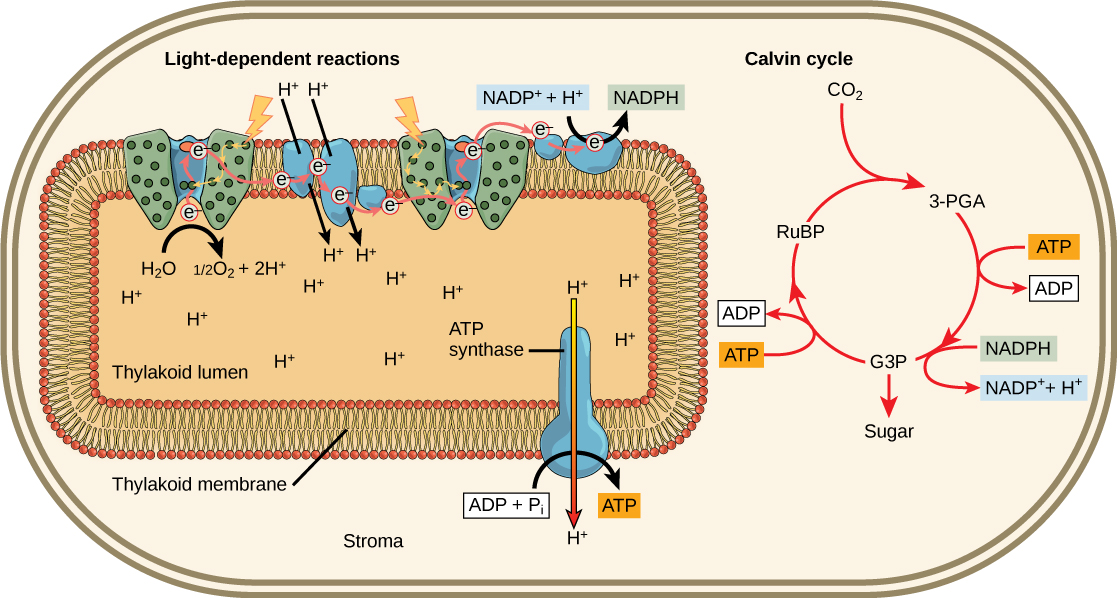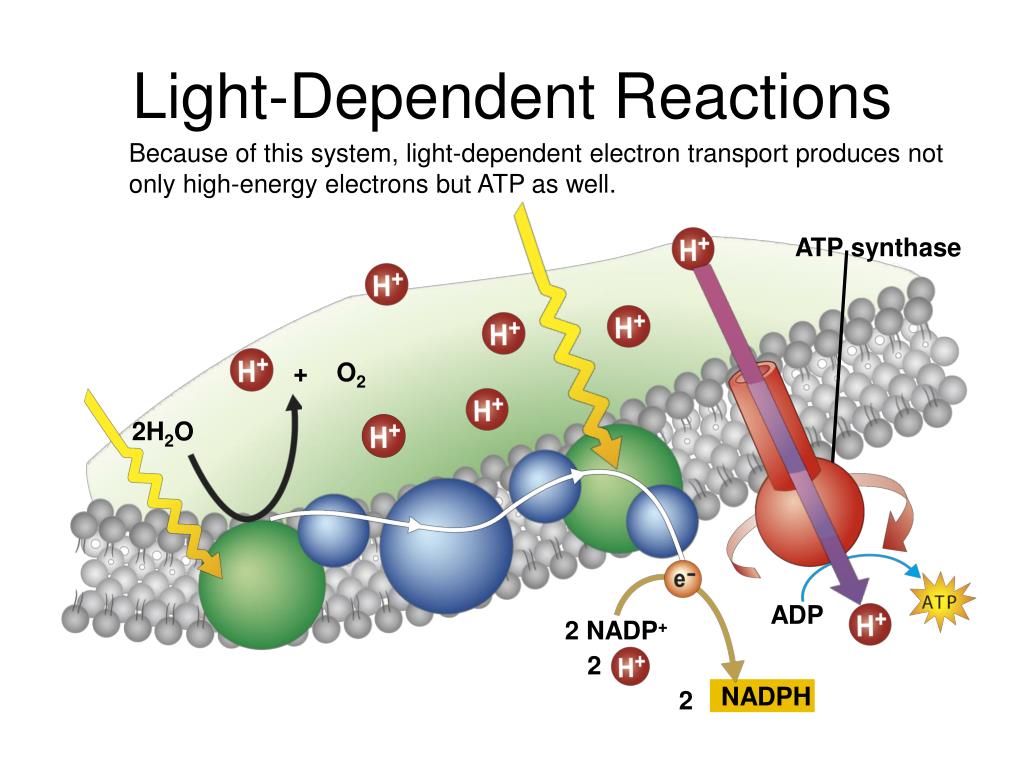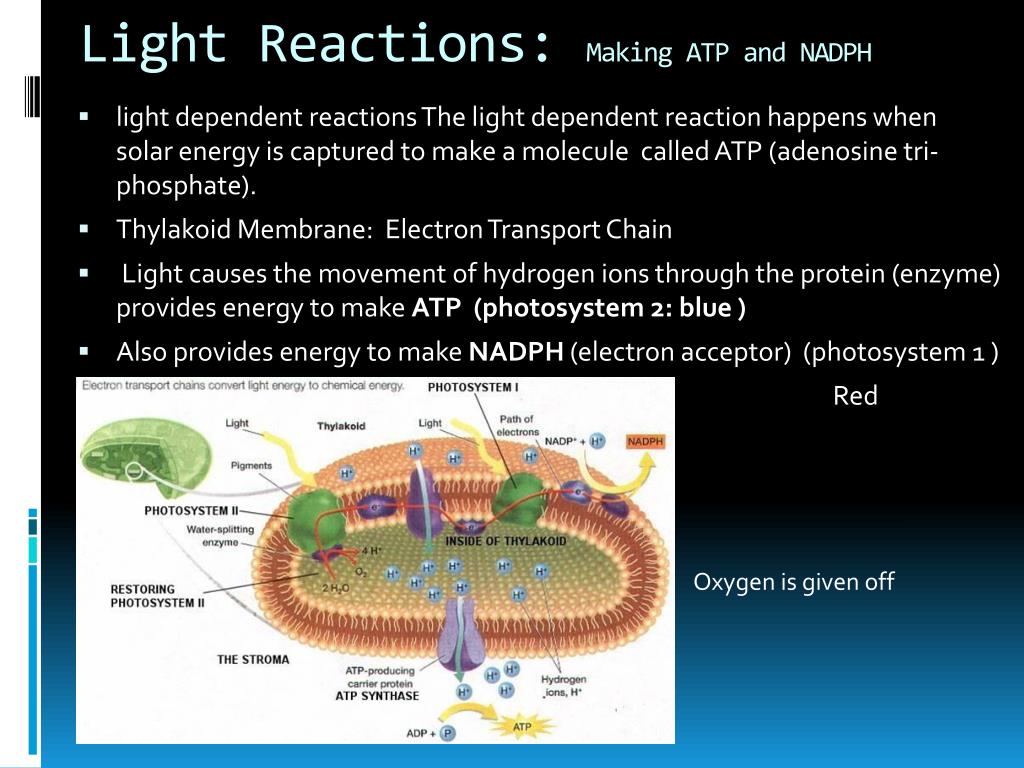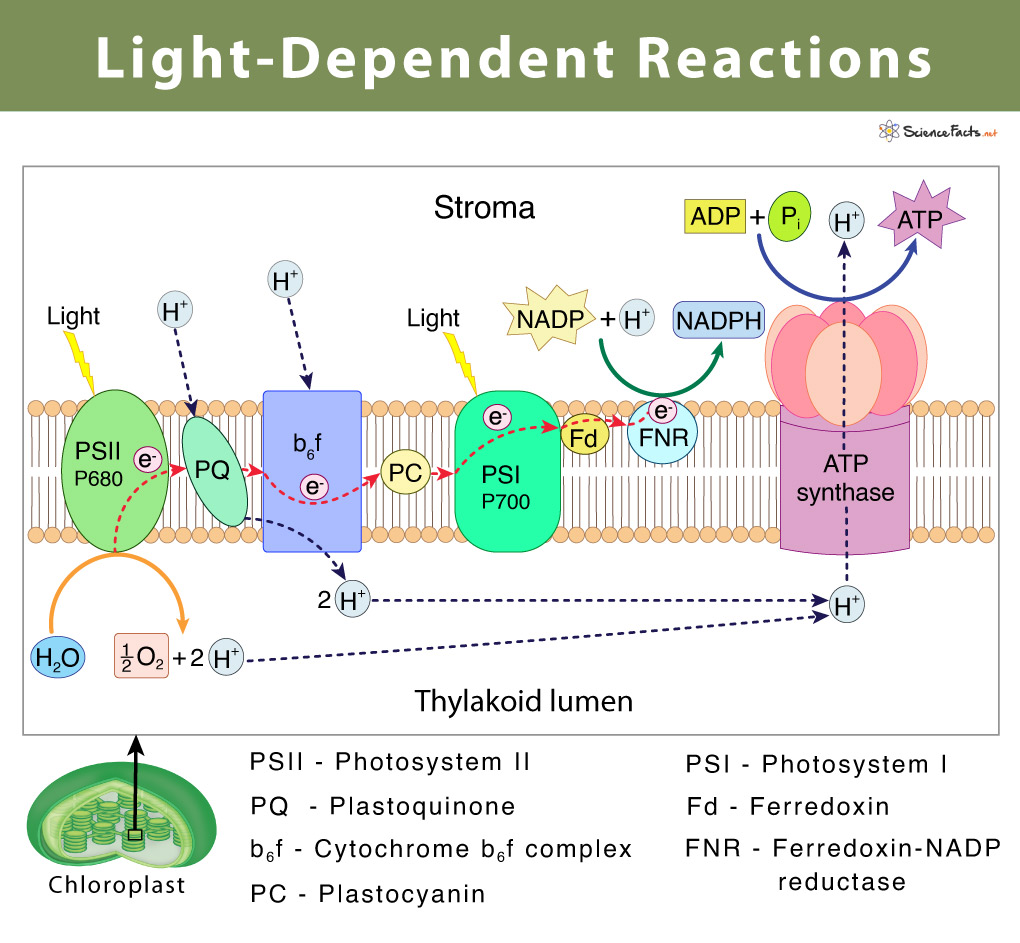Describe How Atp Is Produced In The Light Reactions.
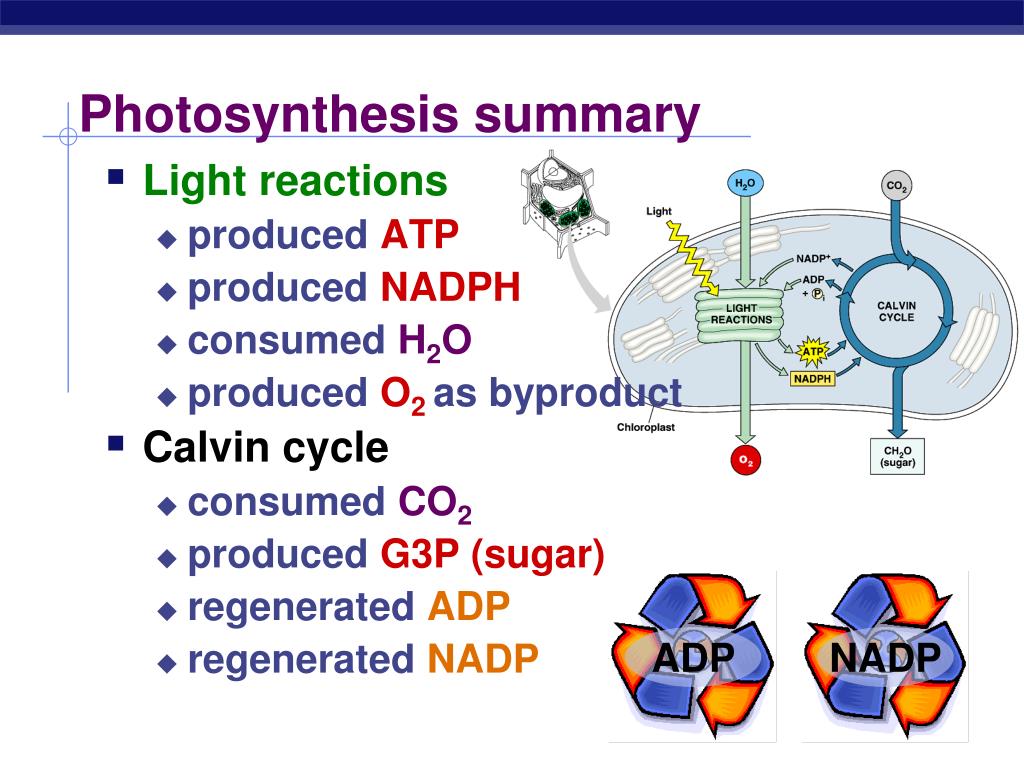
Urgent reports confirm groundbreaking clarity on the fundamental process powering plant life: ATP production during the light reactions of photosynthesis. This discovery provides crucial insights into how plants convert sunlight into usable energy, a process vital for all life on Earth.
The production of ATP, the energy currency of cells, during the light reactions is now more comprehensively understood than ever before. Understanding this mechanism is crucial for advancements in areas ranging from agriculture to renewable energy. This is a major step toward optimizing photosynthetic efficiency.
The Light Reactions: An Overview
The light reactions occur in the thylakoid membranes within the chloroplasts of plant cells. These reactions capture light energy to drive the synthesis of ATP and NADPH, which are then used to fuel the Calvin cycle.
Two photosystems, Photosystem II (PSII) and Photosystem I (PSI), work in tandem to achieve this. They capture light energy and initiate a cascade of electron transfer reactions.
Photosystem II (PSII) and Water Splitting
PSII is the first complex in the light-dependent reactions. When light strikes PSII, electrons within chlorophyll molecules become excited and are passed to a primary electron acceptor.
To replenish these electrons, water molecules are split in a process called photolysis. This reaction produces electrons, protons (H+), and oxygen as a byproduct.
The equation for water splitting is: 2H2O → 4H+ + O2 + 4e-. The oxygen produced is released into the atmosphere.
The Electron Transport Chain
Electrons released from PSII are passed along an electron transport chain (ETC). This chain consists of several protein complexes embedded in the thylakoid membrane, including plastoquinone (Pq) and the cytochrome b6f complex.
As electrons move down the ETC, they release energy. This energy is used to pump protons (H+) from the stroma into the thylakoid lumen, creating a proton gradient.
The proton gradient across the thylakoid membrane represents a form of potential energy. This will be used to drive ATP synthesis.
Photosystem I (PSI) and NADPH Production
After passing through the ETC, electrons arrive at PSI. Light energy absorbed by PSI re-energizes the electrons, and they are transferred to another electron acceptor.
From here, the electrons are passed down a short electron transport chain. The terminal electron acceptor in this chain is NADP+.
The enzyme ferredoxin-NADP+ reductase (FNR) catalyzes the transfer of electrons from ferredoxin to NADP+, reducing it to NADPH. NADPH is another energy-rich molecule used in the Calvin cycle.
ATP Synthase and Chemiosmosis
The build-up of protons (H+) in the thylakoid lumen creates a substantial electrochemical gradient. This gradient drives the movement of protons back into the stroma through a protein channel called ATP synthase.
ATP synthase is an enzyme complex that uses the energy from the proton flow to synthesize ATP from ADP and inorganic phosphate (Pi). This process is known as chemiosmosis.
The flow of protons down their electrochemical gradient provides the energy needed to phosphorylate ADP. This is a crucial step in energy production.
Cyclic Electron Flow
In some cases, electrons from PSI may be diverted back into the ETC instead of being used to reduce NADP+. This process is known as cyclic electron flow.
Cyclic electron flow primarily produces ATP. It does not produce NADPH or release oxygen.
This pathway provides additional ATP when the ratio of NADPH to ATP is high in the stroma.
Ongoing Research and Future Directions
Researchers are actively investigating the precise mechanisms of each step in the light reactions. They aim to improve photosynthetic efficiency in crops and develop bio-inspired energy technologies.
Further studies are focused on optimizing the efficiency of ATP synthase and understanding the regulation of cyclic electron flow. These investigations are key to enhancing plant productivity.
Understanding how plants produce ATP can help us develop better crops that can thrive in changing environments. This knowledge has significant implications for global food security.
